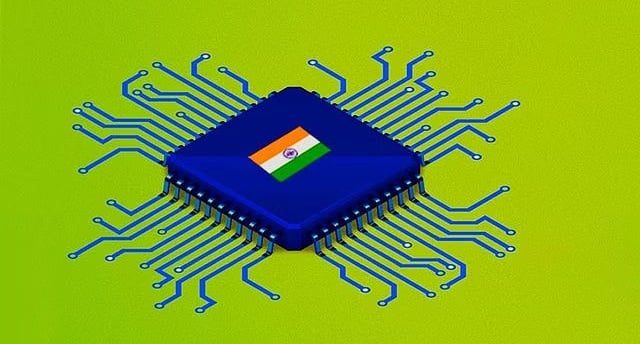Why India Needs A Domestic Semiconductor Industry


From Aerospace to automobiles, smartphones, medical devices and even electronic toys, it's truly astounding that something so small it has to be measured in nanometers will become the basic building block of the 21st century.
After the COVID-19 pandemic and the subsequent disruptions of the global supply chains brought forth the importance and vulnerability that nations like India and USA have to face given the fact that most of the semiconductor manufacturing is concentrated in Taiwan and South Korea, with the former being the major player in the chips manufacturing ecosystem.
As per the industry estimate, the semiconductor consumption in India was around INR 1.1 lakh crore in 2020 which is being met through imports due to absence of commercial semiconductor fabs in India.
Given the meteoric rise of China and the ever-rising ambition to become the key player in global affairs and Asia and the tension between Taiwan and its other neighbors, it becomes critical for nations, especially India, to reduce their dependence on the manufacturing and supply of this critical component for its needs.
In this quest, to become self-reliant in the domestic semiconductor industry, India is not alone as in 2022 USA passed the CHIPS ACT 2022 that is a desperate attempt to thwart China's rising dominance in the industry. In the likely event of a trade war between USA and China, it's important that India does not overly rely even on its allies and build its own ecosystem.
India's huge domestic consumption market and a much better track record than China provides a golden opportunity to develop its own industry. Also by creating high value jobs, attracting investments and fostering innovations will give the much needed boost to India's economy.
Emerging technologies like Artificial Intelligence and IoT(Internet of Things) among others will be more dependent on these components and given the fact that nations now have to compete on a completely different terrain, it's imperative to secure these critical components.
Semiconductor manufacturing is a complex task which requires state of the art physical infrastructures, raw materials that need to be imported along with huge investments in Research and Development and cutting edge technologies so as to reduce the cost of making the chips so that it can compete in the international markets.
The Indian government has refused to give this opportunity a miss and accordingly set up the Semicon India programme with a total outlay of INR 76,000 crore for the development of semiconductor ecosystem in the country.
The programme aims to provide financial support to companies investing in semiconductors, display manufacturing and design ecosystem.
As per the Government of India, Following four schemes are introduced under the aforesaid programme:
Scheme for setting up of Semiconductor Fabs in India
Scheme for setting up of Display Fabs in India
Scheme for setting up of Compound Semiconductors / Silicon Photonics / Sensors Fab and Semiconductor Assembly, Testing, Marking and Packaging (ATMP) / OSAT facilities in India
Design Linked Incentive (DLI) Scheme
The establishment of a domestic semiconductor industry is crucial for India's economic resilience, technological advancement, national security, and global competitiveness. While the present schemes by the Indian government provide the much needed head start, much more concentrated effort is needed to realize the goal of becoming AtmaNirbhar in electronics and semiconductors manufacturing.